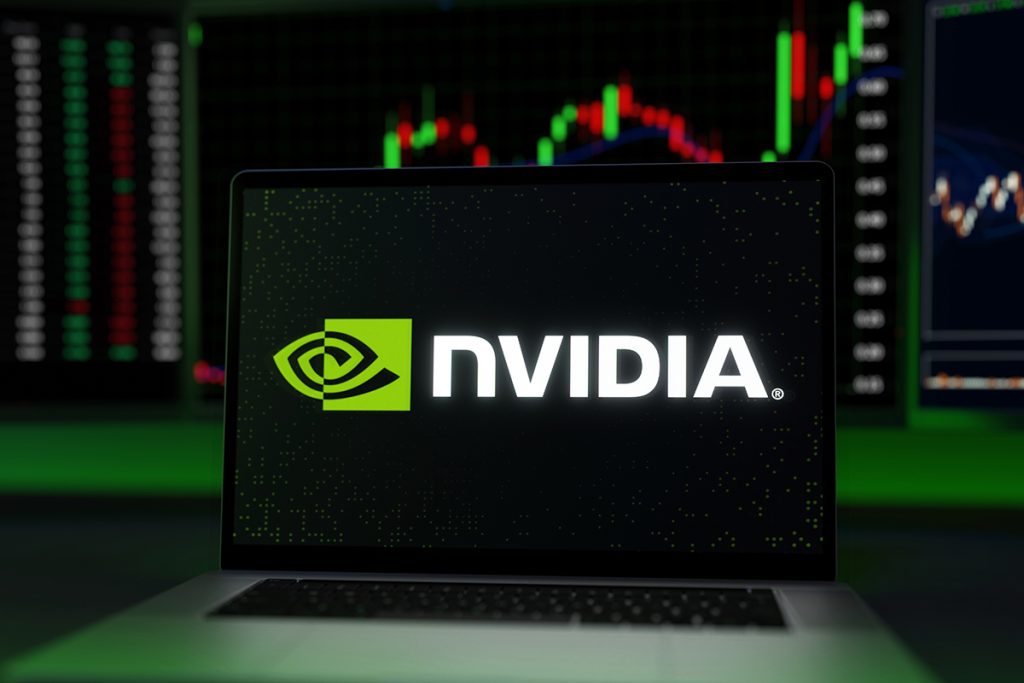Nvidia (NVDA) has been a powerhouse in the technology sector, boasting impressive gains for investors over both short and long terms. The company’s stock has surged by 121% so far this year, outperforming market indices by a wide margin. Over the past decade, Nvidia has delivered a staggering return of 24,140%, transforming a $1,000 investment into more than $242,000. Such remarkable performance has solidified Nvidia’s position as a leader in the artificial intelligence (AI) technology space.
One key factor contributing to Nvidia’s success is the leadership of CEO Jensen Huang, who continues to steer the company with brilliance and passion. At 61 years old, Huang shows no signs of slowing down, maintaining a strong grip on Nvidia’s strategic direction and innovation efforts.
Nvidia’s dominance extends beyond leadership to its core products. The company’s graphics processing units (GPUs) currently command over 90% of the data center AI chip market, with an estimated 80% share of the overall data center AI chip market. This market dominance has been fueled by the increasing demand for technology that accelerates AI workloads, including training and inferencing tasks. Nvidia’s GPUs are widely used by developers worldwide, with over 4.7 million leveraging CUDA and other software tools to deploy Nvidia’s technology effectively.
Looking ahead, analysts predict that Nvidia’s GPUs will maintain their stronghold in the data center AI chip market over the next year. While competitors like Advanced Micro Devices (AMD) and Intel have made strides in this space, they are unlikely to significantly dent Nvidia’s market share. Nvidia’s early entry into the market and its robust ecosystem of software tools give it a substantial competitive advantage.
Investors are eager to know where Nvidia’s stock price will be in the coming year. Analysts forecast a bullish outlook, with a projected price target of at least $1,700 per share within the next 12 months. This estimate represents a potential gain of 55% from the stock’s current price. Despite the uncertainties posed by macroeconomic factors, such as economic slowdowns or recessions, analysts remain optimistic about Nvidia’s growth prospects.
Historically, Wall Street analysts have consistently underestimated Nvidia’s earnings growth potential. Over the past year, their earnings estimates have been off by an average of over 17%. This underestimation suggests that Nvidia’s actual performance may exceed market expectations, providing further upside potential for its stock price.
To calculate the projected price target, analysts have adjusted earnings estimates upward by 17% and maintained the current forward price-to-earnings (P/E) ratio of 40.6. Based on these assumptions, the estimated earnings per share (EPS) for the next fiscal year is $41.72. Multiplying this EPS by the current P/E ratio yields a rough estimate of $1,694 per share, which rounds up to $1,700.
While this price target should be viewed with caution, given the inherent uncertainties in the market, analysts are confident that Nvidia’s stock will continue to outperform the broader market. The company’s strong leadership, technological prowess, and market dominance position it well for sustained growth in the years to come.
Nvidia’s stock is poised for further gains in the next year, driven by its leadership in AI technology and continued market dominance. Investors can expect to see continued bullish momentum as the company capitalizes on emerging opportunities in the ever-evolving tech landscape.


